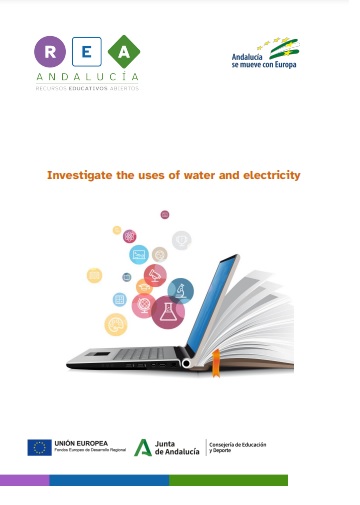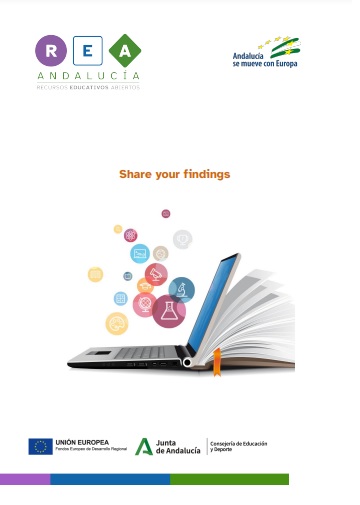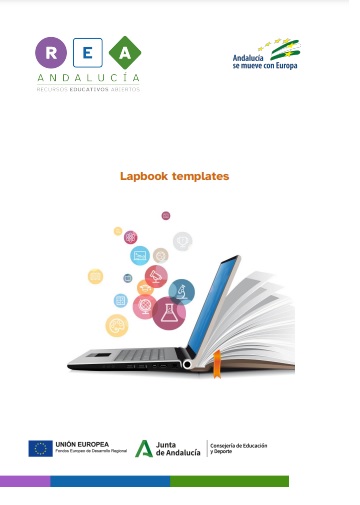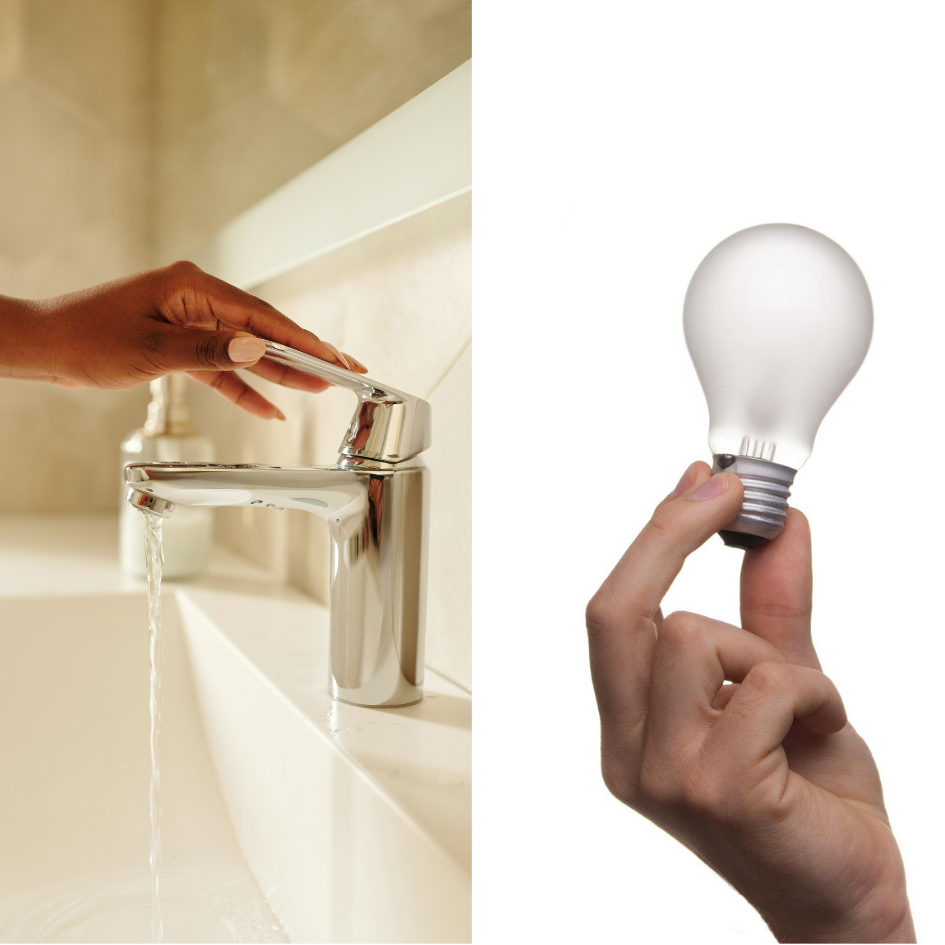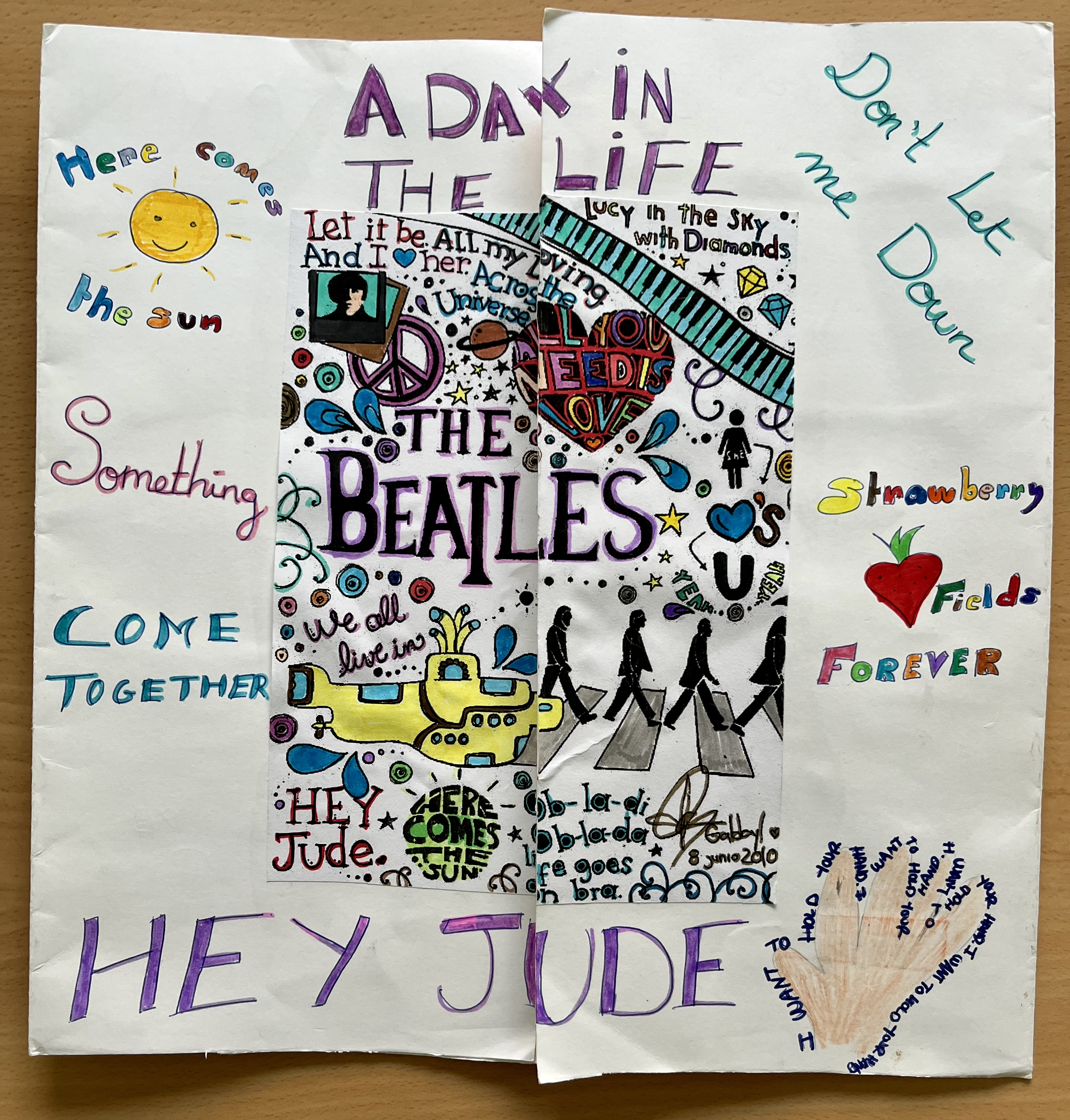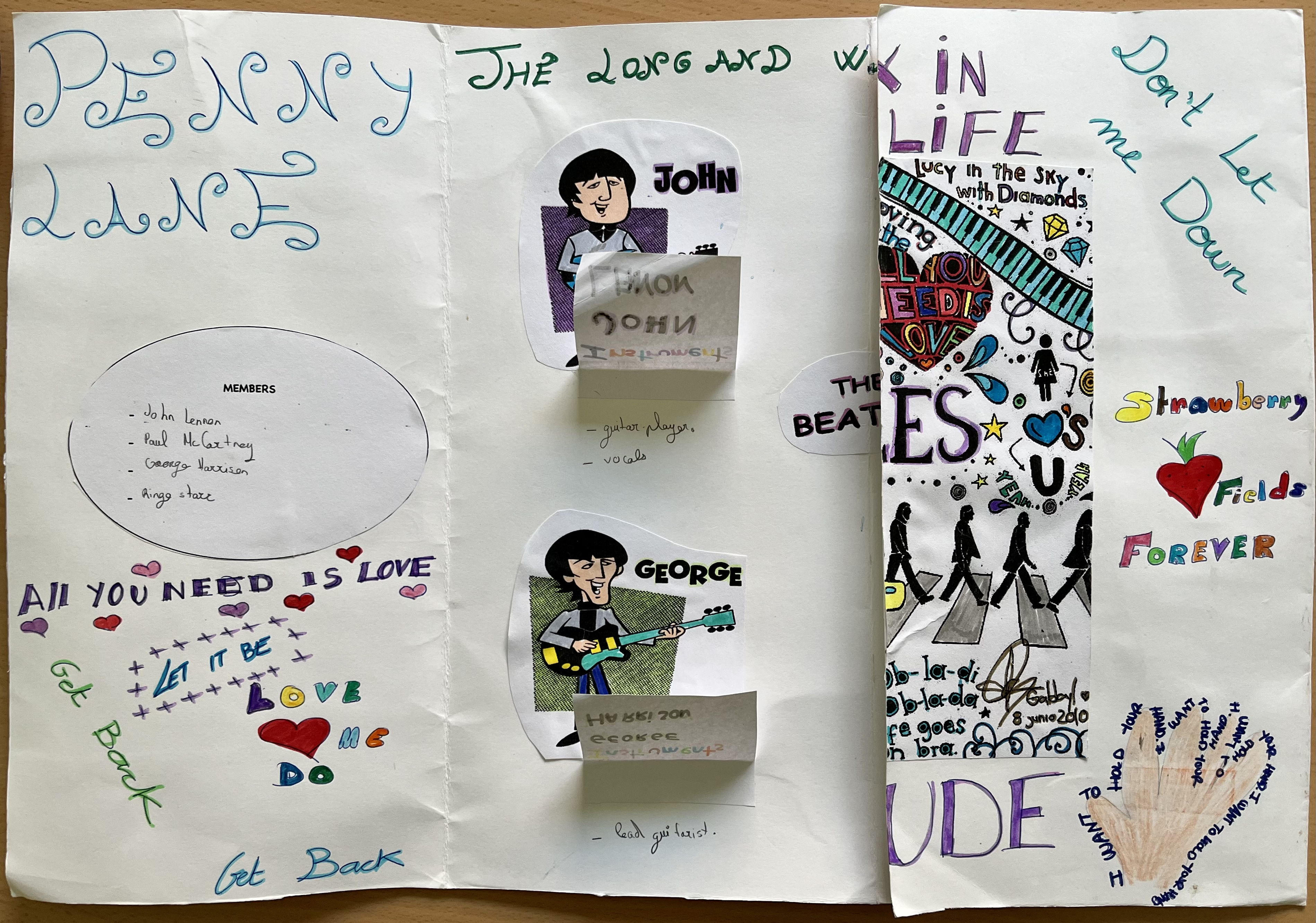Dictionary
Air conditioning
A system for cooling a room, building or vehicle.
Sistema para enfriar una habitación, edificio o vehículo.
Example:
Turn up the air-conditioning temperature to save energy.
Sube la temperatura del aire acondicionado para ahorrar energía.
Spanish word:
Aire acondicionado
Audio:
Device
A gadget such as a mobile phone or a tablet used for audio, video or text
communication and other computing services.
Un aparato como un teléfono móvil o una tableta que se utiliza para la
comunicación de audio, vídeo o texto y otros servicios informáticos.
Example:
I normally surf the internet from a mobile device.
Normalmente navego por internet desde un dispositivo móvil.
Spanish word:
Dispositivo
Audio:
Heating
A system of heating buildings by warming air or water.
Sistema para calentar edificios, calentando aire o agua.
Example:
The heating doesn’t work well and it’s cold here.
La calefacción no funciona bien y hace frío aquí.
Spanish word:
Calefacción
Audio:
Lapbook
Tabbed book to unfold or lift.
Libro con pestañas para desplegar o levantar.
Example:
Lift the flap and find the car in the lapbook.
Levanta la pestaña del libro y busca el coche.
Spanish word:
Libro desplegable
Audio:
Turn off the tap
Action of cutting off the flow of water through a tap.
Acción de cortar la corriente de agua a través de un grifo.
Example:
Turn off the tap while you wash your hands.
Cierra el grifo mientras lavas tus manos.
Spanish word:
Cerrar el grifo
Audio:



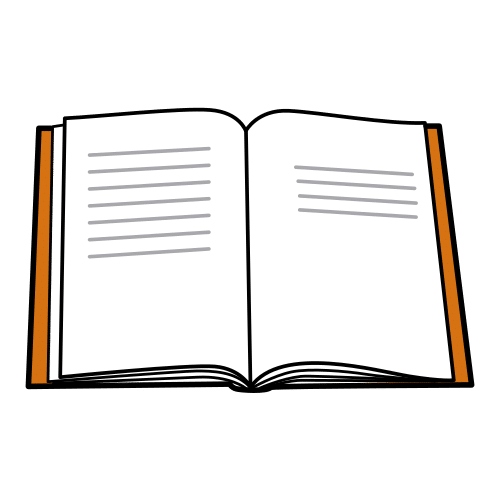
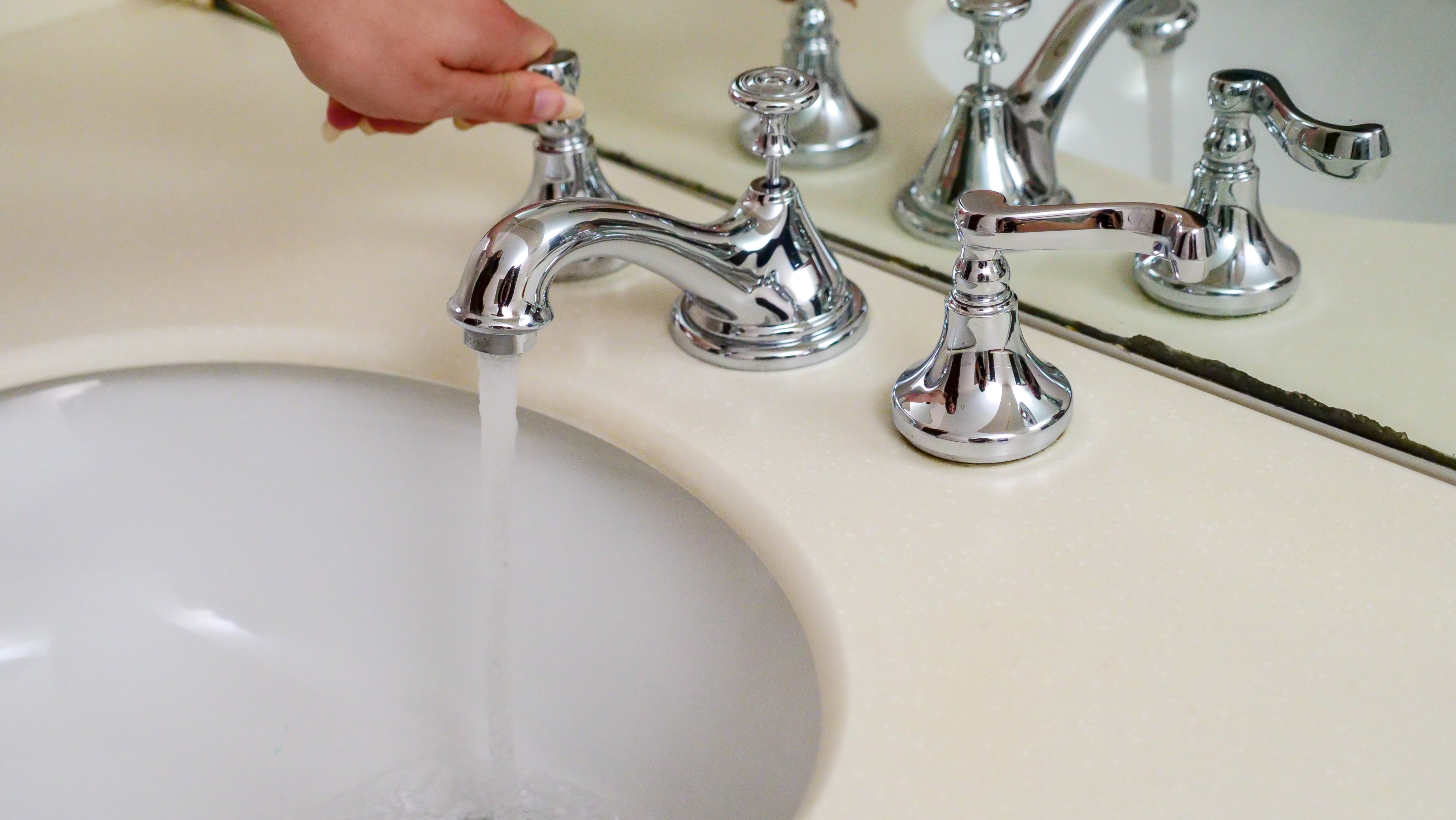

 You will work in a group of 4 people.
You will work in a group of 4 people.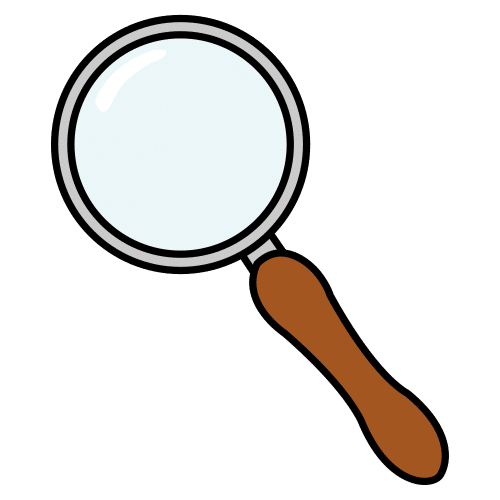 You will investigate how you use energy and water in your home.
You will investigate how you use energy and water in your home..png) Then you will make a lapbook with the results.
Then you will make a lapbook with the results.

